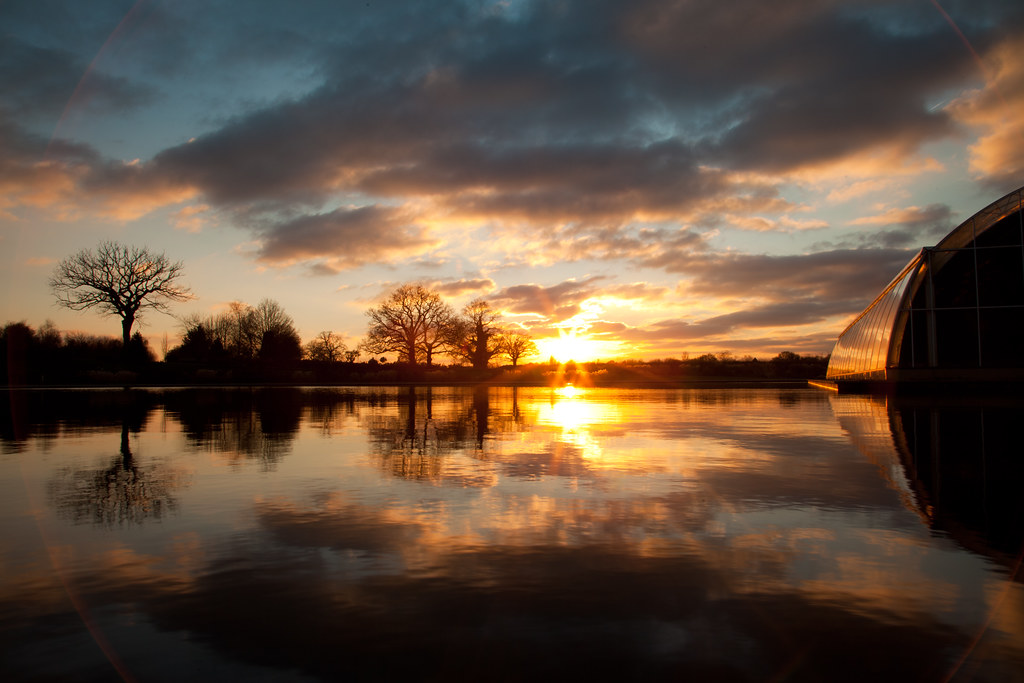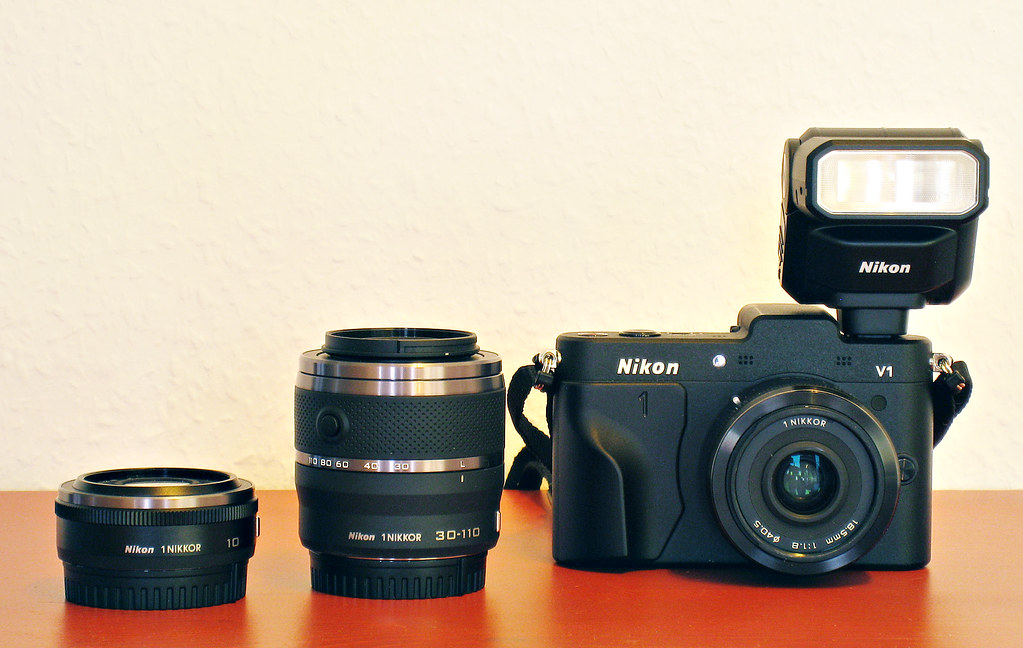Architecture photography requires precision and attention to detail, capturing the grandeur and intricacies of buildings with finesse. To achieve those perfect shots, photographers often turn to tilt-shift lenses, which allow for creative control over perspective and depth of field. In the world of tilt-shift lenses, two names stand out: Nikon and Nikkor. Both renowned for their optical excellence, these brands offer a range of options for architecture enthusiasts. But which one reigns supreme? In this article, we will delve into the world of Nikon vs. Nikkor tilt-shift lenses, exploring their features, performance, and suitability for architecture photography, to help you make an informed choice and elevate your architectural captures to new heights.

In this article, we will delve into the world of architectural photography and explore two popular lenses: the Nikon 14-24 and the Nikkor 19mm Tilt-Shift Lens. Both lenses are known for their exceptional performance and versatility in capturing stunning architectural images. We will examine their key features, specifications, image quality, perspective control, and distortion to determine which lens is the ideal choice for architecture photography.
The Nikon 14-24 lens is a wide-angle zoom lens that offers a focal length range of 14mm to 24mm. It features a constant maximum aperture of f/2.8, allowing for excellent low-light performance and shallow depth of field. The lens incorporates three aspherical lens elements and two extra-low dispersion elements, which effectively minimize chromatic aberrations and distortion. With its rugged construction and weather-sealed design, the Nikon 14-24 lens is built to withstand the demands of professional photographers.
The Nikkor 19mm Tilt-Shift lens is specifically designed for architectural photography, offering precise control over perspective and distortion. It features a focal length of 19mm and a maximum aperture of f/4. The lens incorporates a tilt mechanism that allows photographers to adjust the plane of focus, enabling creative control over depth of field and perspective. Additionally, the lens offers a shift mechanism that corrects for perspective distortion, ensuring straight lines and accurate proportions in architectural images. With its high-quality optics and robust build, the Nikkor 19mm Tilt-Shift lens is a popular choice among architectural photographers.

When it comes to image quality and sharpness, both the Nikon 14-24 and Nikkor 19mm Tilt-Shift lenses deliver exceptional results. The Nikon 14-24 lens is renowned for its edge-to-edge sharpness and minimal distortion, making it a popular choice among landscape photographers. On the other hand, the Nikkor 19mm Tilt-Shift lens offers impressive sharpness and control over perspective, making it ideal for architectural photography.
One of the key advantages of the Nikkor 19mm Tilt-Shift lens is its ability to control perspective and minimize distortion. This lens allows photographers to correct converging lines and achieve straight verticals, making it an invaluable tool for architectural photography. In comparison, while the Nikon 14-24 lens does not offer tilt-shift capabilities, it still performs admirably in terms of distortion control, thanks to its advanced optical design.
Choosing the ideal lens for architecture photography ultimately depends on the specific requirements of the photographer. If perspective control and minimizing distortion are top priorities, the Nikkor 19mm Tilt-Shift lens is the clear winner. However, if edge-to-edge sharpness and versatility are more important, the Nikon 14-24 lens is an excellent choice. Ultimately, both lenses offer exceptional image quality and are capable of capturing stunning architectural shots.

When it comes to low light photography, the Nikon 14-24 and Nikkor 19mm Tilt-Shift Lens perform exceptionally well. These lenses are capable of capturing stunning images even in challenging lighting conditions. With their wide maximum apertures, they allow for more light to enter the camera, resulting in brighter and clearer photos. Whether you're shooting in dimly lit interiors or capturing nightscapes, these lenses deliver impressive low light performance.
Both the Nikon 14-24 and Nikkor 19mm Tilt-Shift Lens are built to withstand the rigors of professional use. The lenses are constructed with high-quality materials that ensure durability and longevity. They have solid build quality, with weather-sealed designs that protect against dust and moisture. Additionally, these lenses feature ergonomic designs that make them comfortable to handle and easy to adjust. Overall, the lens construction and build quality of both lenses are top-notch.
The Nikon 14-24 and Nikkor 19mm Tilt-Shift Lens are designed to be compatible with a wide range of camera systems. They are both equipped with Nikon's F-mount, making them compatible with Nikon DSLR cameras. Additionally, with the use of mount adapters, these lenses can also be used with other camera brands such as Canon or Sony. This versatility in lens compatibility allows photographers to use these lenses with their preferred camera systems, making them a versatile choice for professionals and enthusiasts alike.

Analyzing the Optical Performance of Both Lenses in Various Shooting Scenarios
Comparing the Autofocus Capabilities of the Nikon 14-24 and Nikkor 19mm Tilt-Shift Lens
Exploring the Software Solutions for Optimizing Images Captured with the Nikon 14-24 and Nikkor 19mm Tilt-Shift Lens
Wide-angle photography is a popular genre that allows photographers to capture expansive scenes and emphasize depth. The Nikon 14-24 and Nikkor 19mm Tilt-Shift Lens are two excellent options for wide-angle photography. The Nikon 14-24 is renowned for its exceptional image quality, wide field of view, and minimal distortion. It is a versatile lens that is ideal for landscape, architecture, and interior photography. On the other hand, the Nikkor 19mm Tilt-Shift Lens offers the unique ability to correct perspective distortion and control the plane of focus. This lens is particularly useful for architectural and product photography, where precise control over perspective and depth of field is crucial.
Architectural photography demands lenses that can capture buildings and structures with precision and minimal distortion. Both the Nikon 14-24 and Nikkor 19mm Tilt-Shift Lens excel in this field. The Nikon 14-24's wide field of view allows photographers to capture entire buildings, while its minimal distortion ensures straight lines and accurate proportions. This lens is perfect for capturing the grandeur and scale of architectural subjects. On the other hand, the Nikkor 19mm Tilt-Shift Lens offers unique perspective control capabilities. Its tilt and shift movements allow photographers to correct converging lines, control depth of field, and achieve precise focus. This lens is a favorite among architectural photographers who require maximum control over perspective and composition.
Lens distortion is a common issue in wide-angle photography, especially when photographing architectural subjects. The Nikon 14-24 and Nikkor 19mm Tilt-Shift Lens both offer excellent distortion correction capabilities. The Nikon 14-24 is designed with advanced optics and aspherical lens elements to minimize distortion and aberrations. This lens produces images with minimal barrel distortion, ensuring straight lines and accurate proportions. On the other hand, the Nikkor 19mm Tilt-Shift Lens provides even greater control over distortion correction. Its tilt and shift movements allow photographers to adjust the perspective and correct for converging lines, resulting in images with minimal distortion. Both lenses are highly effective in addressing lens distortion, providing photographers with the tools they need to capture architecturally accurate images.

Assessing the Nikon 14-24 and Nikkor 19mm Tilt-Shift Lens in Challenging Lighting Conditions.
Exploring the Nikon 14-24 and Nikkor 19mm Tilt-Shift Lens with Different Camera Systems.
Post-Processing Techniques for Images Captured with the Nikon 14-24 and Nikkor 19mm Tilt-Shift Lens.
In conclusion, when it comes to architecture photography, the comparison between Nikon and Nikkor tilt-shift lenses is crucial. Both brands offer exceptional quality and performance, but Nikon's range of tilt-shift lenses provides more versatility and options for photographers. These lenses allow for precise control over perspective and depth of field, resulting in stunning architectural images with minimal distortion. The impact of using tilt-shift lenses in architecture photography is significant, as they can enhance the visual impact of buildings and structures, capturing them in a way that showcases their unique design and details. Moreover, in today's context where architecture photography is in high demand for various purposes such as marketing, documentation, and artistic expression, having the best equipment is essential. Therefore, photographers should carefully consider their specific needs and preferences before choosing between Nikon and Nikkor tilt-shift lenses to ensure they can achieve the best results in their architectural photography endeavors.
Immerse yourself in architecture’s most boundary-pushing ideas—where innovative home improvements meet visionary urban developments. Discover new building techniques, materials, and creative concepts that are redefining how we shape our spaces on a global scale.